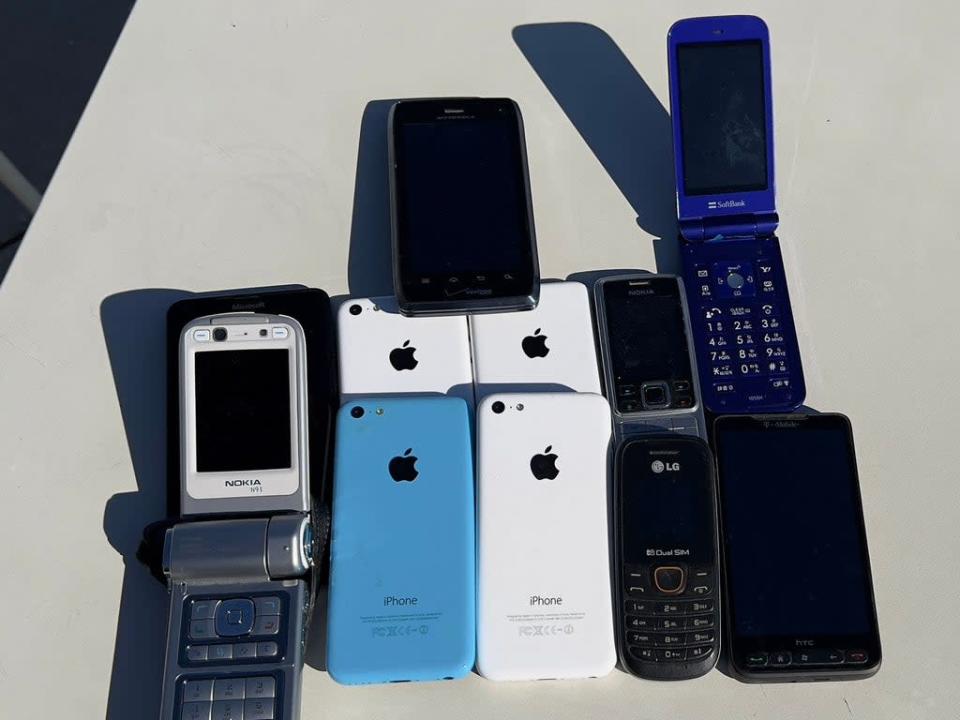How do I know if I have a 3G phone? Check whether your phone will as AT&T shutdown arrives

The 3G network is being shut off in the US – and your phone might be, too.
Many devices that are not able to make use of the replacement signals will become useless after the switch-off happens.
AT&T is already beginning the process. Verizon will do so by the end of the year, and T-Mobile will be done by the summer; other networks run their service through those providers’ networks, meaning they will be affected too.
Follow live updates on the 3G shutdown
Thankfully, checking whether your phone is affected is relatively easy. There are many ways to check.
The easiest is simply to find the model name or number of your phone and search it. The user manual or documentation should indicate whether it is able to take advantage of 4G or 5G.
You can also check AT&T’s big list of phones that will continue to work after the 3G network is phased out.
It might also be more simple than that. If you have bought your phone in the last 10 years, it probably works; if you have ever seen the “4G” icon in the top corner, then it has already been using that network and will be fine.
What will happen to my 3G-only phone?
It will stop working properly – including as a phone. While people often refer to as 3G as being useful for the wireless internet, the shutdown could also leave your phone unable to connect at all, including for calls and texts and even to the emergency services.
It will of course keep working in some ways, such as being able to continue to use its WiFi connection to connect to the web. So your smartphone might still be smart, but will not be a phone anymore.
What should I do if my phone is affected?
There is no fix for older devices, and no way to upgrade them. If your phone does not have access to the newer networks, you will need to get a new one.
Many networks are offering deals to those affected, so it is worth shopping around.
What about other devices?
Technological advances in recent years mean that phones aren’t the only things with internet connections, and you might be surprised by just how many of your devices at home rely on built-in internet connections. That can include some of the most important things we rely on, such as medical devices, alarms that allow older people to get help if they fall, vehicle SOS services and home security systems.
Many of those devices are probably labelled with their connections, and so it should be relatively easy to check whether they have 3G or something else – but if it is not clear then you should be able to contact the company that made the product or runs the service and check. If the device will be left unable to connect, they should also be able to advise on any upgrades required to get back online.
Why is this happening?
There’s only so much “spectrum” to be shared out, only so many frequencies that can be used for certain technologies. And so the introduction of new technology such as 5G needs space within that spectrum, which can be found by shutting off older parts such as 3G.





